What I saw in Sri Lanka ?
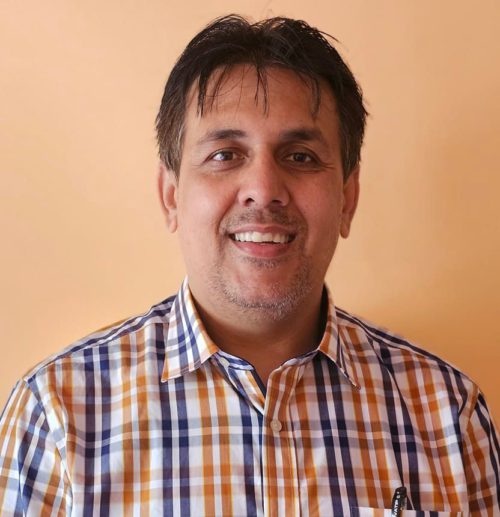
Recently, I had an official visit to Sri Lanka. During my stay in Sri Lanka I tried to explore the opportunities of Community Medicine doctors and how they are absorbed in the health system of the country.
All of my contemporty colleagues whom I worked for two days training program at the regional level are Community Medicine doctors well absorbed in the health system of the country with good exposure and remuneration. This made me instantly compare the difference between Community Medicine doctors in Nepal and Sri Lanka.
In Sri Lanka there are about 100 Community Medicine doctors whereas in Nepal we are almost 250. Some of us have completed Doctor of Medicine (MD) degree and are working in the academic universities, INGOs, NGOs and now in few provinces of the country and some of us are undergoing training in different academic institutions. The country every year is producing around 30 Community Medicine doctors.
The second question instantly came in mind again is what is the difference? Then I further try to dive in the inner aspects of the subject and try to explore whether we are really medical doctors in Nepal and I doubted again. In Sri Lankan model MD Community Medicine is absorbed as a Consultant Community Physician well adopted in system and leading the health program of the country. The do their clinical practices as well as lead the public health prorgrames of the country.
The country health system has made certain provision that without clinical degree they are not allowed to lead the program. However, in context of Nepal Community Medicine doctors who have invested 5.5 years as an MBBS undergraduates and 3 years as postgraduates are still not accepted openly by the health system of the country however some signs of acceptance have been shown by the provincial government. This didn’t happen overnight and it took almost 20-25 years for the system to make these changes. This again compelled me to compare the overall developmental aspect of Sri Lanka and Nepal. Any country’s development, progress is determined by how they adopt their system and apply that system for the welfare of their people. On my visit to different cities of Sri Lanka I found it comparatively well developed with high literacy rate. The primary health care system is very robust with free health services and good recording and reporting system. Education is free of cost and happiness index of the country is pretty much good.
Now, what next for Community Medicine doctors in Nepal? After working for 10 years graduating as an MD Community Medicine doctors my thinking has always remain the same. We are clinical doctors and the charm of medical profession should always remain. We should examine the patient and work as a Primary Health Care Physician as well as conduct research identifying the constraints in our daily clinical and public health practices. Country’s leadership, bureaucracy should find some ways to make 250 Community Medicine doctors continue their clinical practices and also allow them to lead the health prorgamme of the country. Plenty of opportunities exist at federal, provincial and local level for the health leaders of this country to make adjustment and changes if they really have guts and will. It’s time to think this seriously and make assurance into implementation now.
#Dr. Pyakurel : MD Community Medicine and Tropical Diseases, General Secretary, Nepalese Society of Community Medicine
सम्पर्क इमेल : [email protected]





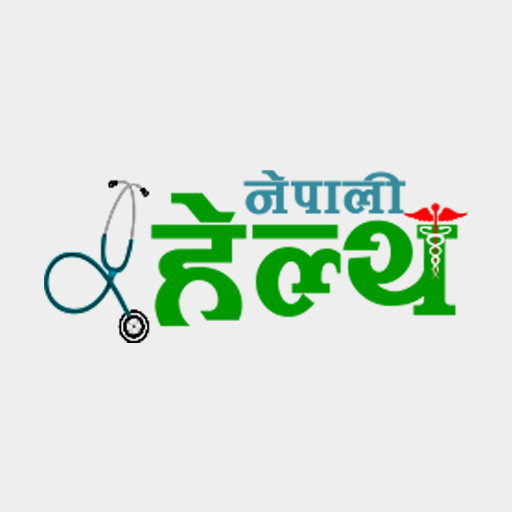
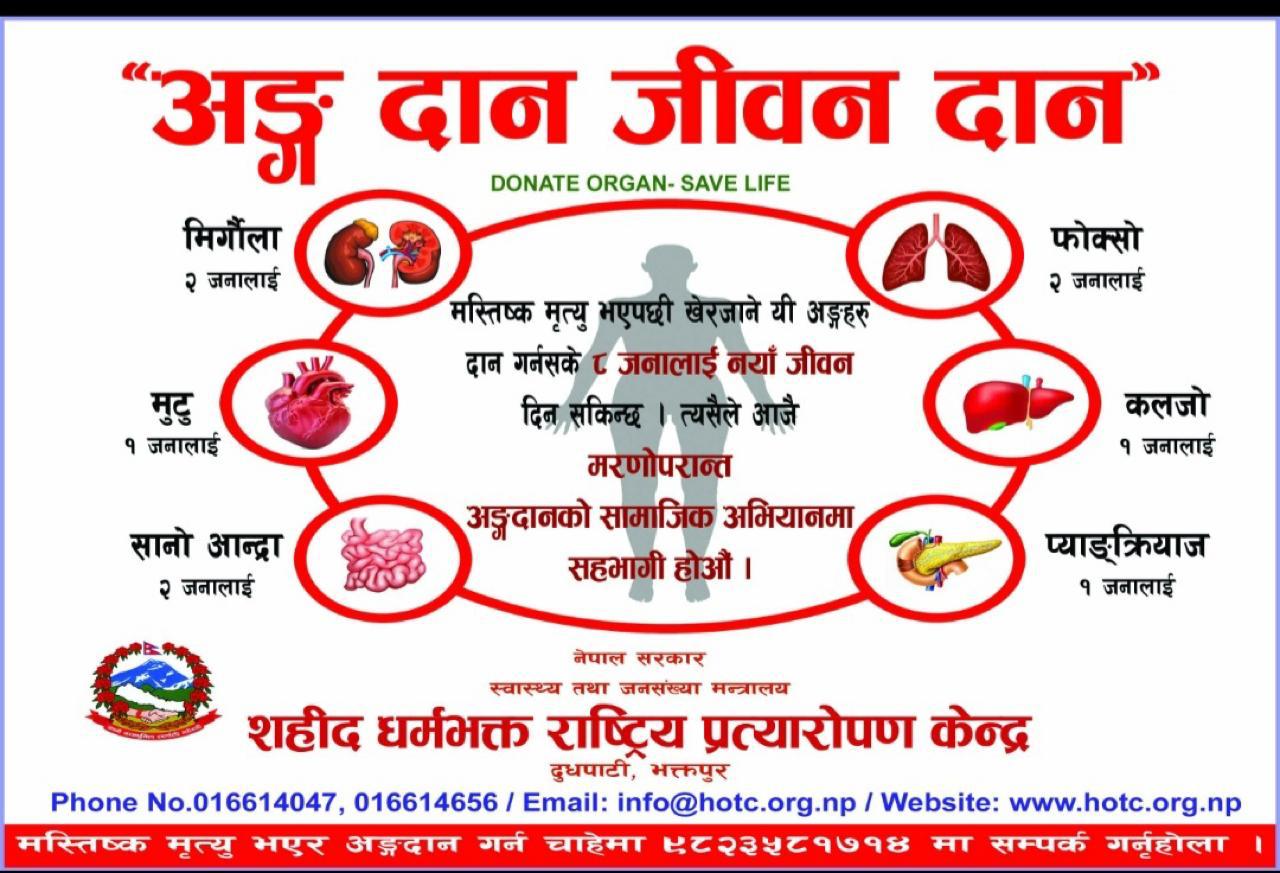
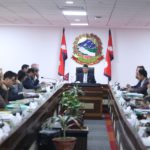
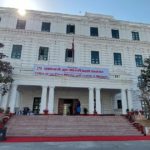
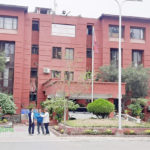
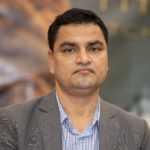
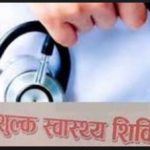



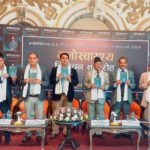

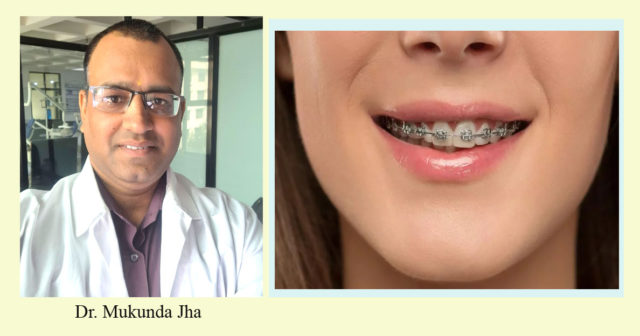
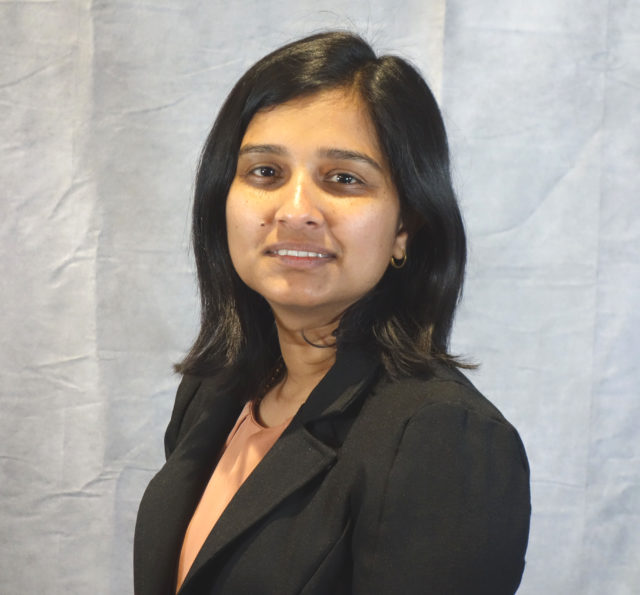
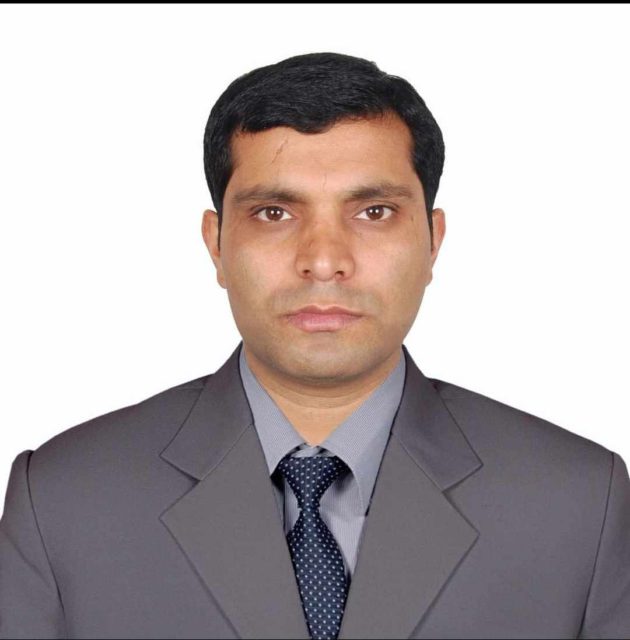
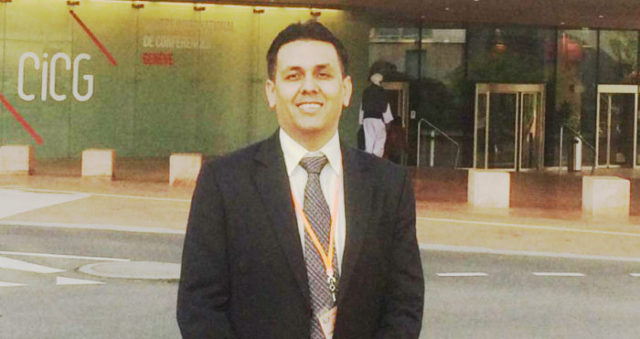

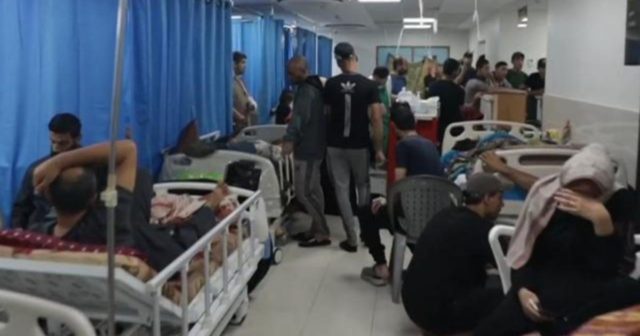
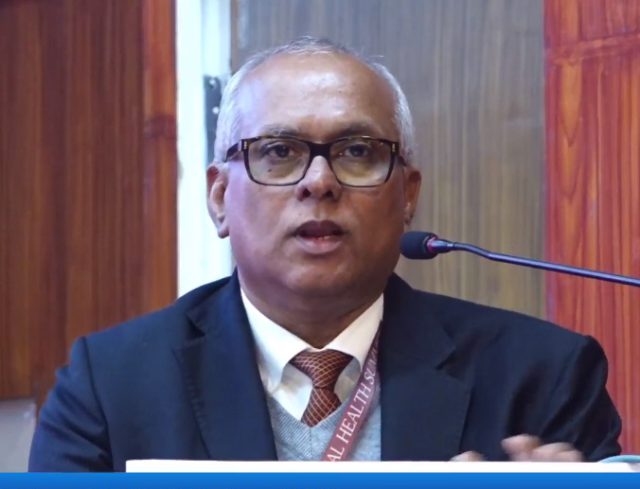
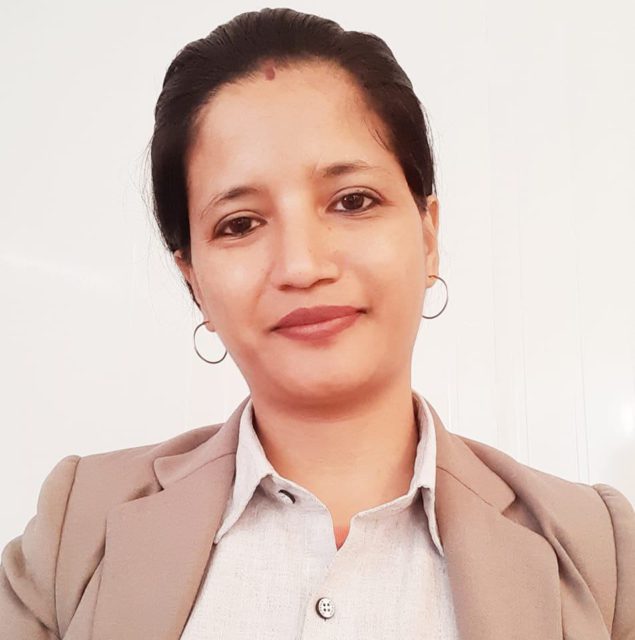
Very interesting one.
Thank you Dr. PYAKUREL
Great Sir,